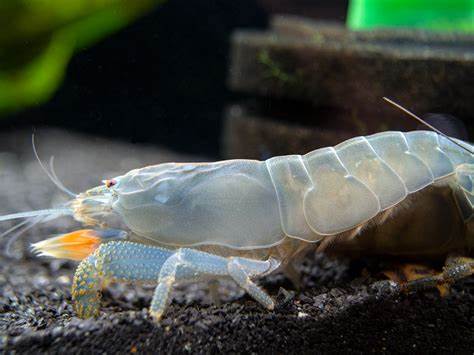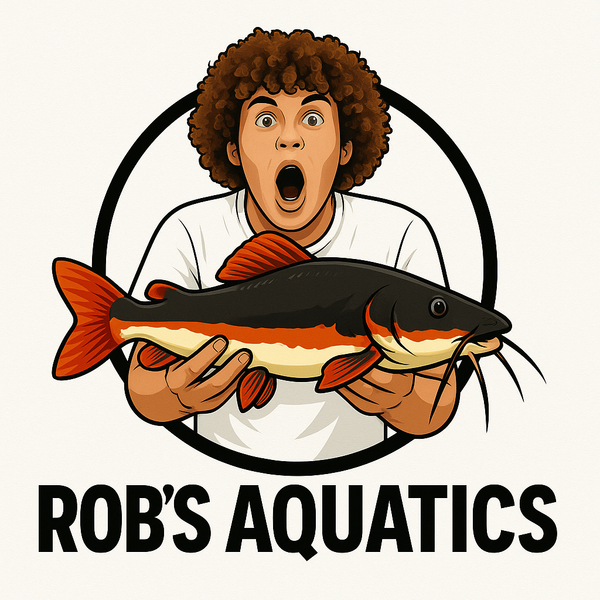My Store
ATAY VAMPIRE SHRIMP
ATAY VAMPIRE SHRIMP
Couldn't load pickup availability
🦐 Atay Vampire Shrimp (Atya gabonensis) – Gentle Giant with Powerful Filter Fans
The Atay Vampire Shrimp, also known as the Gabon Shrimp or Giant African Fan Shrimp, is one of the most unique and peaceful invertebrates in the aquarium world. Don’t let the name fool you—this shrimp is a gentle filter feeder, using its fan-like appendages to catch tiny food particles floating in the water.
Native to fast-moving rivers in West Africa, this shrimp grows large—often reaching 4 to 6 inches—making it a standout in planted or community tanks. With a tough, armored shell that ranges in color from blue to gray to sandy beige, and a peaceful nature, it’s perfect for aquarists who want a low-maintenance, exotic filter feeder that adds movement and mystery.
🐟 Species Profile:
-
Scientific Name: Atya gabonensis
-
Common Names: Atay Vampire Shrimp, African Fan Shrimp, Gabon Shrimp
-
Adult Size: 4–6 inches
-
Temperament: Peaceful, shy, non-aggressive
-
Tank Size: 20+ gallons
-
Water Parameters: 74–82°F | pH 6.5–7.8 | Moderate to strong flow preferred
-
Diet: Filter feeder – consumes micro-particles, powdered foods, baby brine shrimp, and fine flakes in the water column
🛠️ Tank Setup & Compatibility:
Vampire Shrimp thrive in:
-
Heavily planted tanks or aquascapes with plenty of hiding places
-
Moderate to strong water flow, especially near feeding areas
-
Fine substrate or rocks with crevices for hiding during molts
Compatible with:
-
Peaceful tankmates such as rasboras, tetras, Corydoras, dwarf cichlids, and snails
-
Avoid aggressive fish or large predators that may nip or harass shrimp
-
Can be kept with other fan shrimp if tank is large enough
Behavior:
-
🪭 Feeds with “fan hands,” catching particles from the water—mesmerizing to watch
-
🫥 Often hides during the day; more active at dusk or near flow zones
-
🧘 Non-territorial, ideal for calm community tanks
🛒 Why Buy Atay Vampire Shrimp from RobsAquatics.com?
Each Vampire Shrimp is:
-
✅ Fully acclimated and feeding on micro-diet particles
-
✅ Health-screened and molting properly
-
✅ Shipped live with our Live Arrival Guarantee
-
✅ Ideal for aquascapes, peaceful community tanks, and invertebrate displays
📦 Add a touch of mystery and elegance to your aquarium with the Atay Vampire Shrimp—a fascinating, filter-feeding giant now available at RobsAquatics.com.
Share


